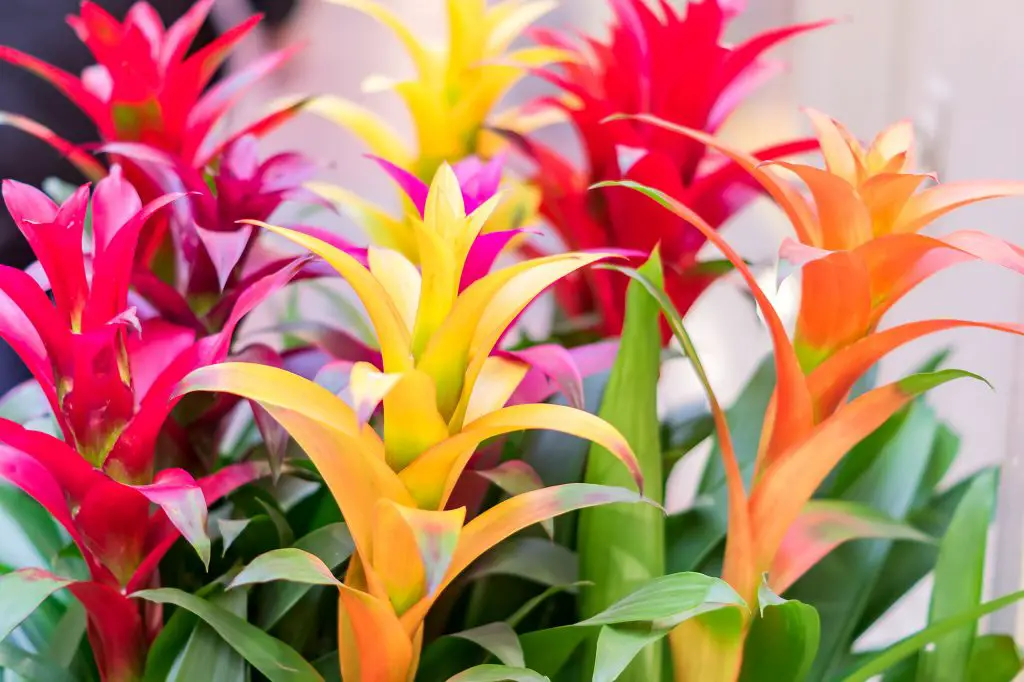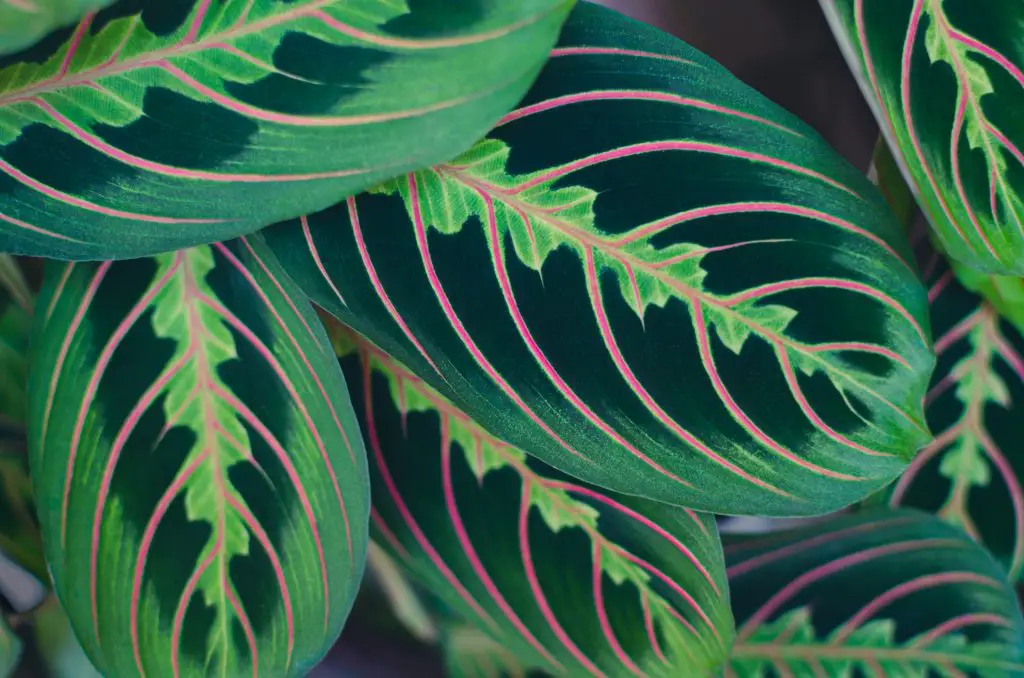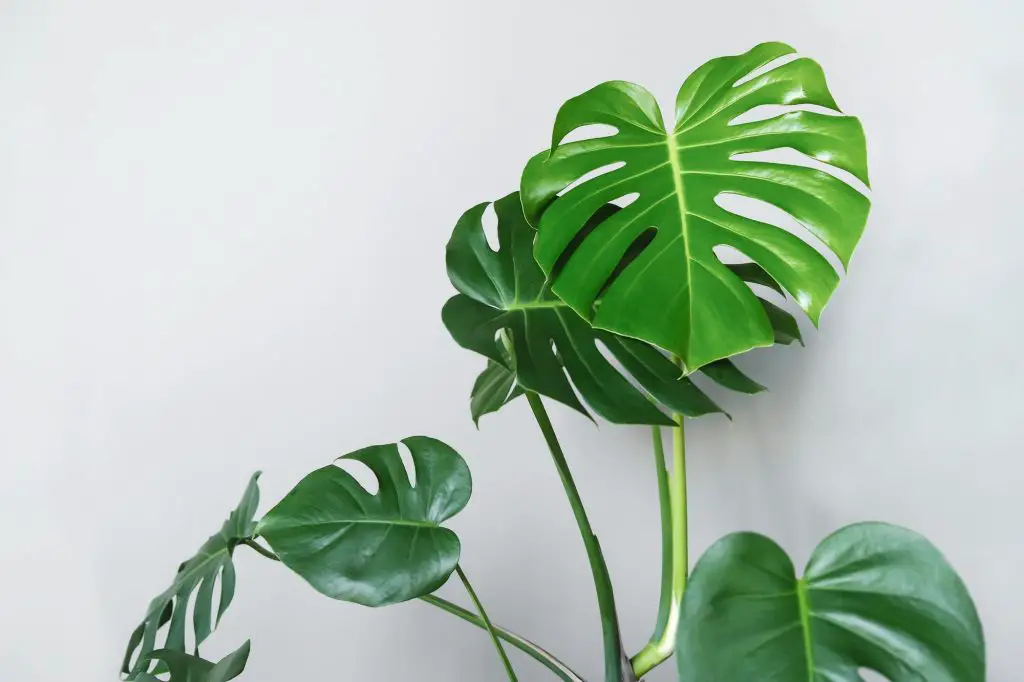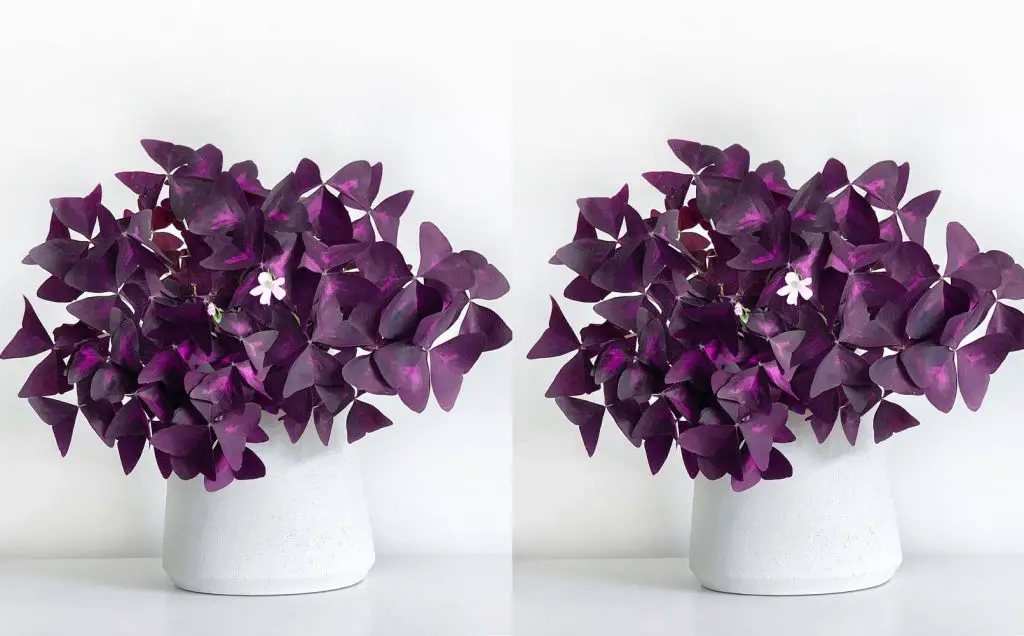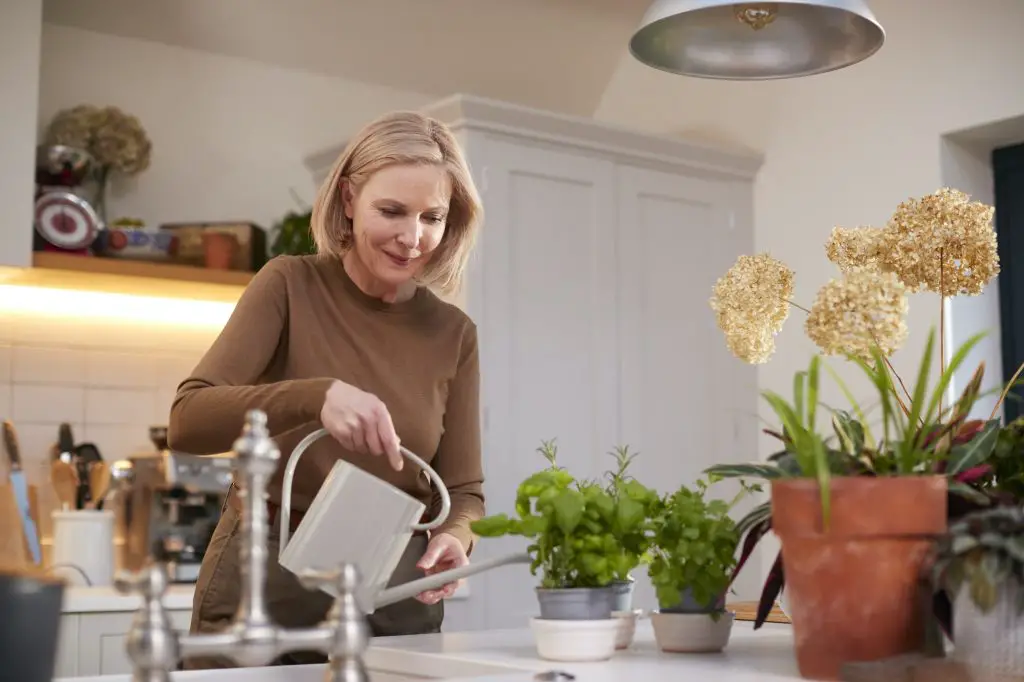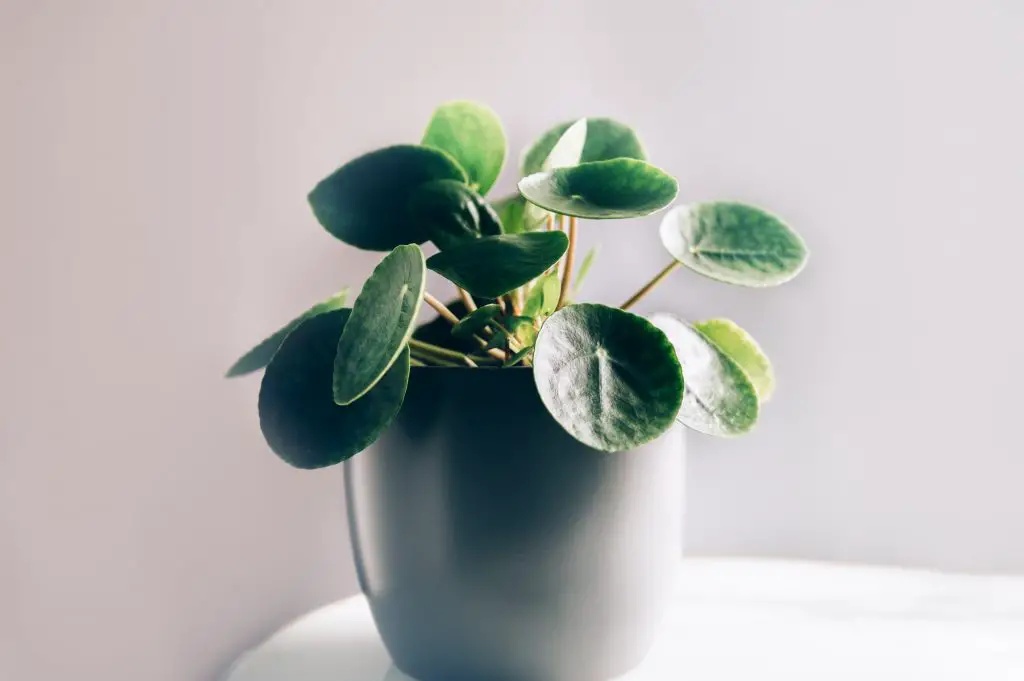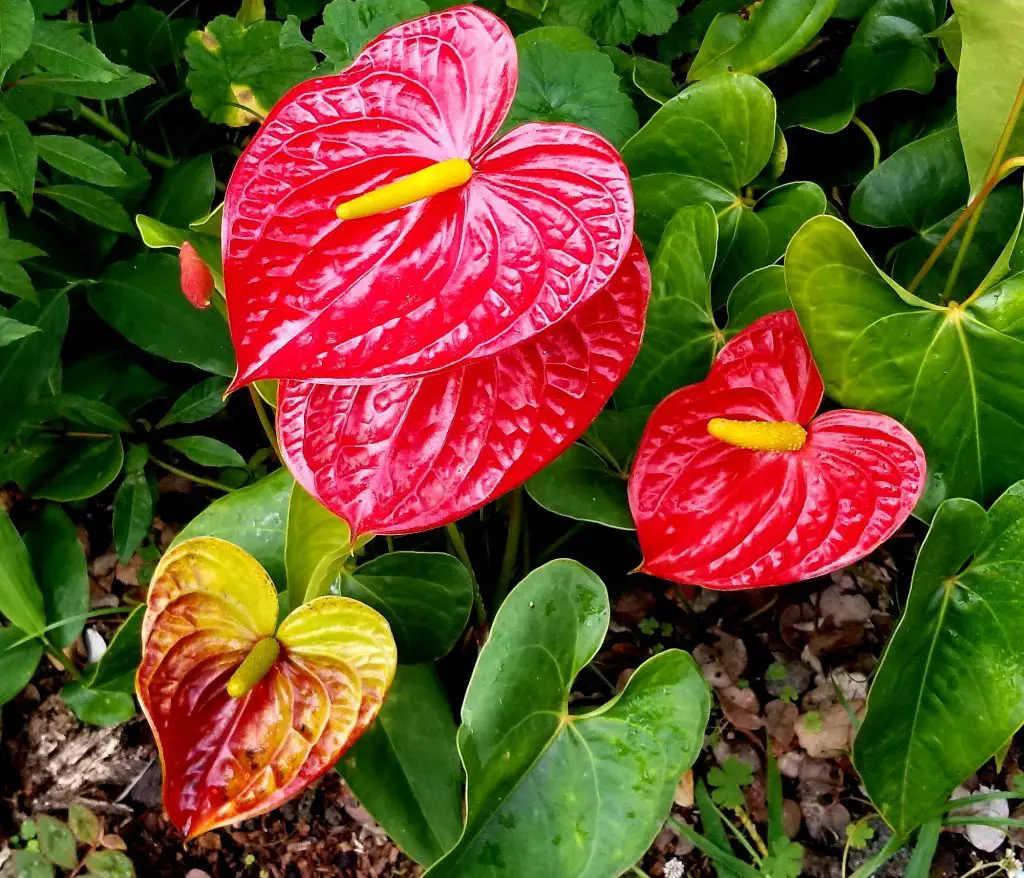This Bromeliad propagation and care guide is all you need to read today about this awesome plant.
Houseplants are incredible to have; you can keep them all year long, even when the weather isn’t favorable outside. Apart from the amazing truth that they supply loads of benefits to you and your home. They help you stay in touch with nature, tending, caring, and watching them.
One major challenge a lot of people have is picking the right houseplants. a lot of people make the mistake of choosing a houseplant based on its beauty and flowers, while this is not bad, the most important thing to note in choosing a house plant is knowing how to care for such plant.
Tropical plants are everyone’s favorite; however, not many understand their care guide or how to keep them for a long time. Here is everything you need to know about one of your favorite tropical plants; Bromeliads.
Table of Contents
Bromeliad Plant Background
| Common name | Bromeliad. |
| Botanical name | Bromeliaceae genera. |
| Soil | Fast-draining soil. |
| Light | Bright, indirect light. |
| Soil pH | 5.0 to 6.0. |
| Origin | Tropical and sub tropical America. |
| Plant type | Perennial; epiphyte and terrestrial species. |
| size | Depends on the species and genera. |
The term bromeliad is used for a wide variety of plants in the same family; Bromeliaceae. The existence of bromeliad dates back to 65 million years ago, in the cretaceous era, in the tropical forest of Uruguay. Then, bromeliad was used for a large number of things i.e. food, fiber, shelter, and ceremonies.
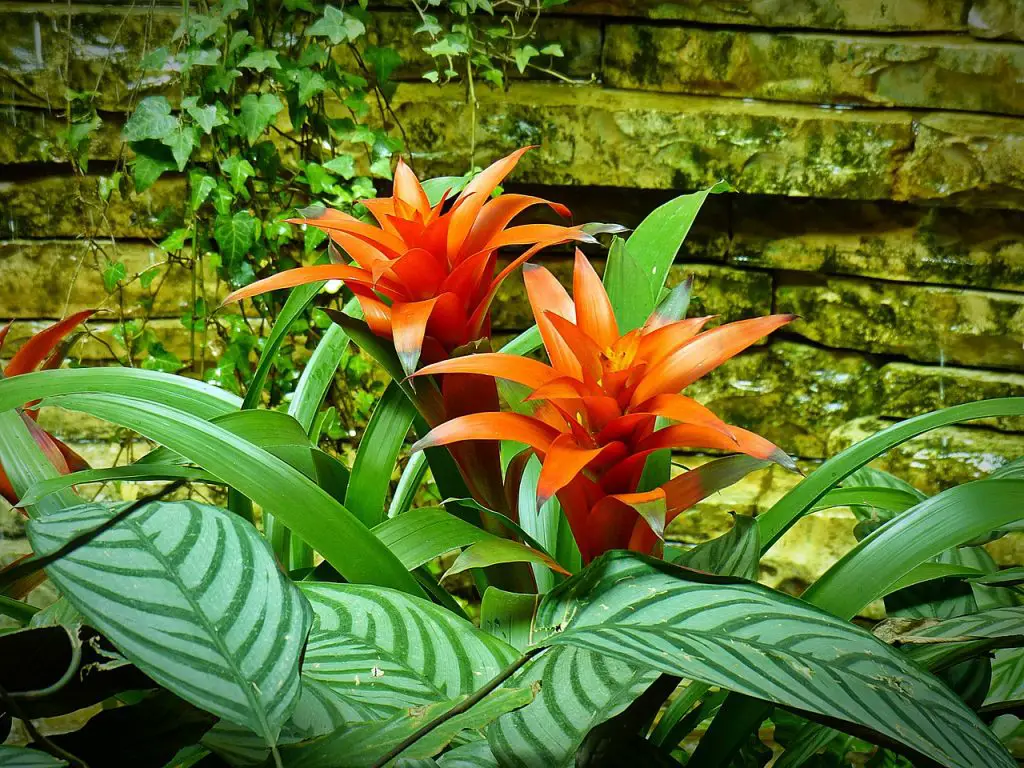
Today, bromeliad can be found throughout South and Central America. Bromeliad leaves come in red, green, purple, orange, and yellow colors with stripes, spots, lines, etc. Although bromeliads are considered to be fit for greenhouse and not houseplants, however, a lot of people are bringing them into homes because of their ability to adapt to home conditions.
Bromeliad gives your home, an exotic look; they have beautiful bright colors and texture, which contribute to the interior of your home. They are quite easy to grow and this is one reason they are loved by many. They can be grown outdoor and indoor, when grown outdoor; they can either be raised in the soil (terrestrial) or cling to trees and get nutrients through their leaves (epiphytic).
However, as houseplants, both types can only be grown in the soil. Bromeliad is a slow-growing plant; it can take up to three years to grow to maturity. Growing bromeliad is not stressful; however, they do require certain needs to stay active and alive.
Bromeliad Plant Propagation Requirements
Here are the simple requirements to propagate the Bromeliad plant.
1. Light
This is one of the basic requirements of every plant, especially tropical plants. However, the bromeliad species do not all enjoy light the same way, this implies that the level of lightening your bromeliad requires is dependent on the species you are about to purchase.
While some enjoy and can thrive in full sun, some cannot tolerate it and hence requires partial light. The species with flexible, soft, spineless leaves enjoy indirect light, while the ones with stiff, hard leaves enjoy bright, indirect light. You should pay attention to your plant to know the condition it is in.
2. Soil
Many of the species of bromeliad grow well in well-drained soil. If you are about to plant your bromeliad, make sure you get good potting soil that can retain moisture but still drains well.
You can also mix 2/3 peat-based soil and 1/3 sand for better drainage; you can also make use of soilless potting mix. You can grow the epiphytic bromeliad in containers or you can grow them as authentic “air plants”, you can secure them with ties to boards or longs.
3. Humidity
The bromeliad is not left out from the enjoyment other plant gets from humidity. Bromeliad enjoys a humid environment, however; you need to be careful with creating one for the plant, so it doesn’t get swamped in water. One sure way to get humidity for your plant is by placing it near other plants.
If for one reason or another you cannot do this, a humidifier is another great option for you. You can also mist them, do this by spraying them with some water, this method allows the bromeliad to absorb moisture and create humidity.
4. Potting
The first thing you need to look out for when deciding which pot is right for your bromeliad is to look out for drainage holes. As similar to many other plants, bromeliad does not enjoy soggy soil and this can be avoided by a good drainage system. You should go for sizes 4,5, 6 pots when starting.
At some point, you might be required to re-pot your plant; this is most likely because you have planted a larger cultivar or one that brings out offshoots.
5. Temperature
You cannot grow the bromeliad plant without considering the temperature they will live in. although bromeliads are tolerant plants and this means they can survive in different temperatures. Most of the species of bromeliad prefer 60 degrees Fahrenheit to 80 degrees Fahrenheit, however, they can survive an even hotter climate/temperature as long as the humidity increases.
6. Fertilizer
Most of the bromeliad species do not require fertilizers to grow, however, certain species could use a little help from a light feeding of fertilizer. Giving them more nutrients than the one they can get from the ground can boost their flowering and foliage appearance.
[Quick Tip]
Bromeliad grows best in the summer months, feeding them during these months will be of great benefits. You can feed them about ¼ teaspoons every 3 months.
Bromeliad Propagation Made Easy
Bromeliad plants can be propagated from seed and pups, follow the following steps on how to propagate them.
1. Pups
Pups are the young offspring of the bromeliad and they are usually found sprouting by the base of the parent plant, at different times in the year. A parent plant can have up to 3 to 4 pups that you can propagate from. Gently pull the pups at the base, to separate them from their parent plant.
Plant the pups directly into a pot filled with potting mix or alternative appropriate soil. The pups will grow in this soil throughout their lifetime. Propagating via the pups is the easiest you can do.
- We will choose 10 different bromeliads for this bundle
- Names are not included, but all are safe for vivarium use
- Live Arrival Guarantee (when temps are above 32°F and below 85°F)
- Plants are shipped bare-root, without soil and pot
- Quantity discount! 2 at 5% off, 3 at 10% off, 4 at 15% off, and 5 at 20% off. Discount appears at checkout
Prices pulled from the Amazon Product Advertising API on:
Product prices and availability are accurate as of the date/time indicated and are subject to change. Any price and availability information displayed on [relevant Amazon Site(s), as applicable] at the time of purchase will apply to the purchase of this product.
2. Seeds
Although the bromeliad can be propagated via seeds, they will take a long time to reach full maturity; hence propagating via this method requires more patience.
Bromeliad Plant Care: How to Care For Your Bromeliad Plant
As earlier stated, the bromeliad does not require so much care, however, they need to be given the basics to thrive and to stay healthy. An important thing to note is that the care required may differ from species to species.
To find out each species care, you may need to ask your horticulturist or doing a little more research. The following are the basic care that they all need.
- Because of the plant’s love for humidity, you might make the mistake of getting it into too much water, you must pay attention to your plant, to avoid causing harm to it.
- Although bromeliads are tolerant plants, they should not be exposed to temperatures below 40 degrees. In some places, you can move them outside during the summer months.
- Some species of bromeliad require direct sunlight, while some do not. Although some do not require direct sunlight, they still need an amount of it to initiate flowering.
- As earlier stated, bromeliads are not heavy feeders, hence they do not require fertilizers to grow. You may, however, need them in the warm months to keep the flowers colorful and healthy.
- Bromeliads are not toxic to humans and pets, however, some people may experience reactions on their skin when they come in contact with the sap of the plants.
- Although bromeliads are not susceptible to pests and diseases, you might find them suffering from mealy bugs, scale, aphids sometimes. they can also suffer from root rot as a result of overwatering. Tap water or water that has a high mineral content can cause water spots on the base of the plant. You should consider using de-mineralized water.
- Bromeliads are not one with a large root system, you might want to plant them in small pots. This way the pots won’t absorb too much water and you can avoid root rot, regardless of how the pot is, it has to have drainage holes.
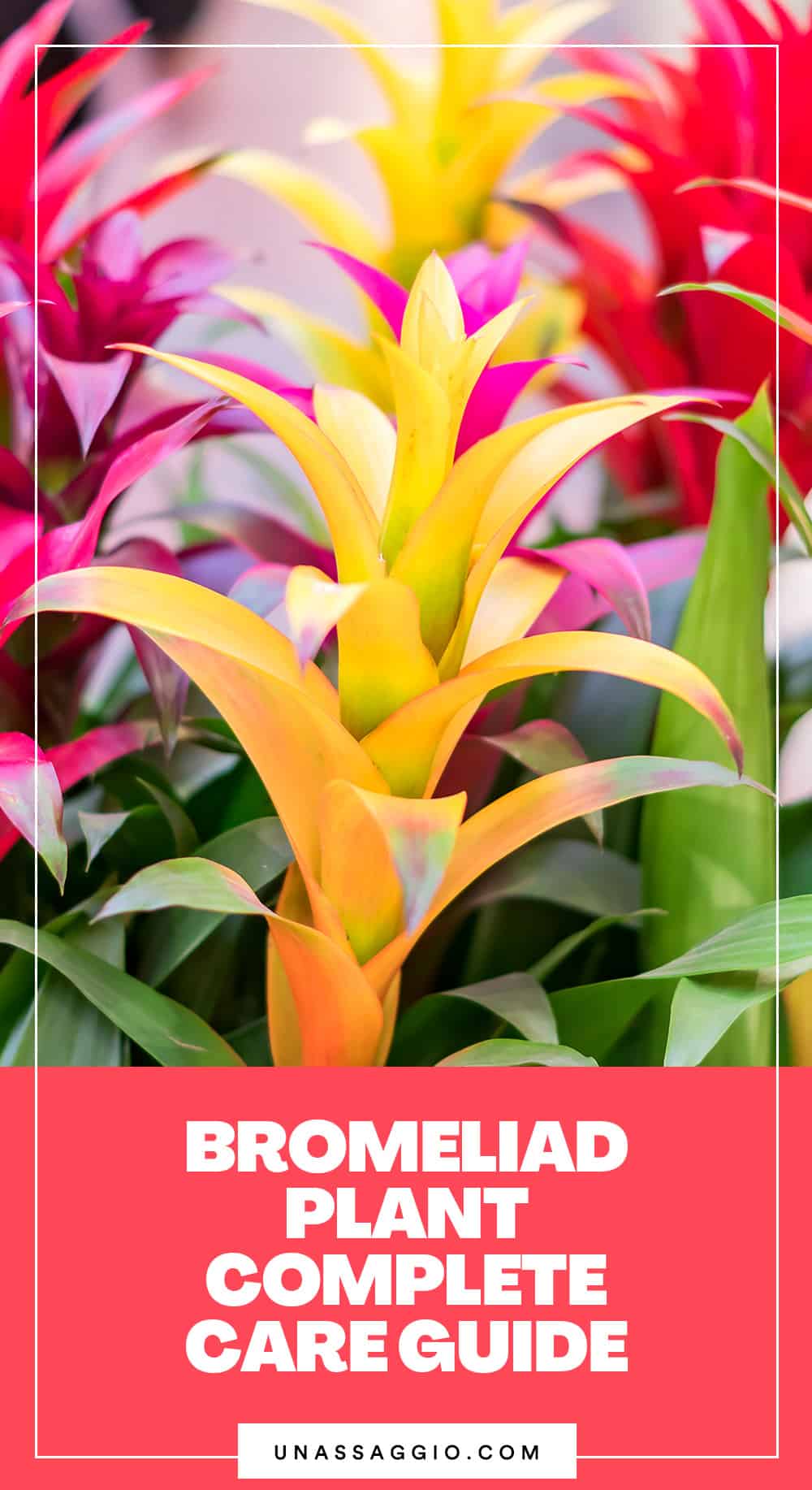
Bromeliads Planting FAQ
What is the best way to water a bromeliad?
The best way to water is to use a spray bottle; this helps to gauge the amount of water that goes into the soil to make it moist. Also, remember to change the water in your bromeliad tank. It is best advised to make use of rainwater or distilled water.
How long does it take for a bromeliad pup to bloom?
It takes between a year and three years for a pup to boom and the bloom lasts for about 3 to 6 months depending on the species of the bromeliad plant.
When should I re-pot my bromeliad?
You should re-pot your bromeliad when it begins to outgrow its current container.
Do you have to remove bromeliad pups?
Yes, you have to remove the pups; this is to ensure that the bromeliad plant starts a life independent of the mother plant. However, leaving pups attached to the mother plant gives it a better chance of survival. The pups could be removed by either cutting it or pulling it away from the mother plants.
Can you grow bromeliads in pots?
Yes, bromeliads can be grown in pots. Using pots and containers adds to the beauty of your garden and it helps for easy mobility and adequate watering.
Do bromeliads need sun or shade?
Bromeliads need both the sun and shade. While the plant requires bright light to survive, it cannot withstand direct exposure to sunlight. If placed outdoors in the sun, you could shade the plant with other plants or trees.
Where can I buy bromeliads?
If there are no bromeliad nurseries within your vicinity, you could resort to ordering bromeliads online. Some of the following are vendors that sell bromeliads online: The Air plant shop, Tropiflora, Michael’s bromeliads, Seabreeze nurseries, Grants farm, Amazon, Oxley nursery, and many others. Just visit their websites to order your favorite bromeliad. We’ve added a direct buy link for bromeliads right after this FAQ.
Do bromeliads only flower once?
Yes, bromeliads flower just once in their lifetime because they are monocarpic plants. Monocarpic plants are plants that die after flowering once.
Is a bromeliad a succulent?
Yes, bromeliads are succulent plants because they have a tank/cup at the center of the plant used in storing water to supply nutrients to the bromeliads.
- Bloom color is selected by our expert growers based on availability and seasonality
- After the main flower on bromeliads begins to fade, The mother plant will begin to decline. But youll see baby bromeliads (called pups) developing around the base. Grow these out and enjoy more bromeliads!
- Grows best near an East or West window. Water when the top couple inches of the soil are dry
- Height at shipping is approximately 20 inches tall, measured from the bottom of the pot to the top of the plant
Prices pulled from the Amazon Product Advertising API on:
Product prices and availability are accurate as of the date/time indicated and are subject to change. Any price and availability information displayed on [relevant Amazon Site(s), as applicable] at the time of purchase will apply to the purchase of this product.
The care kit you need for your indoor plants
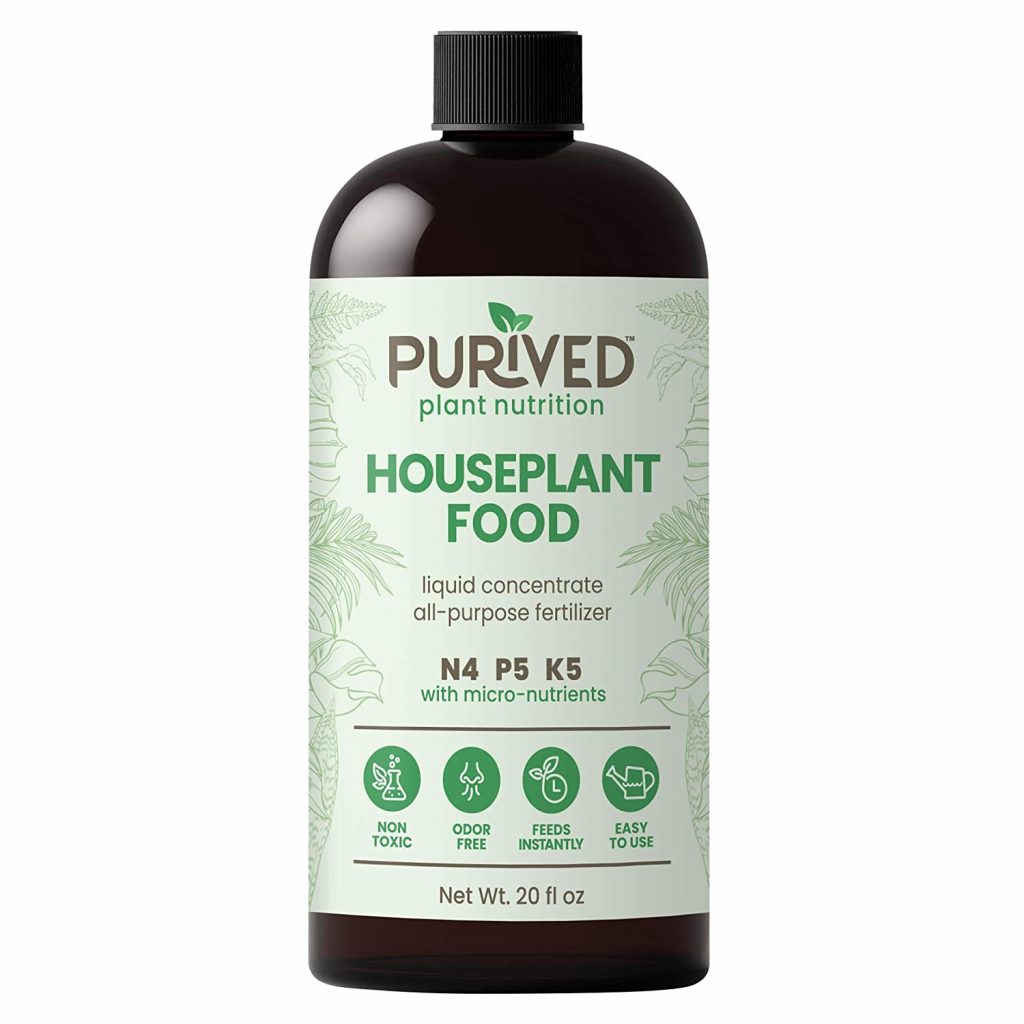
Food for your houseplants. Works with virtually every indoor plant out there. We recommend.
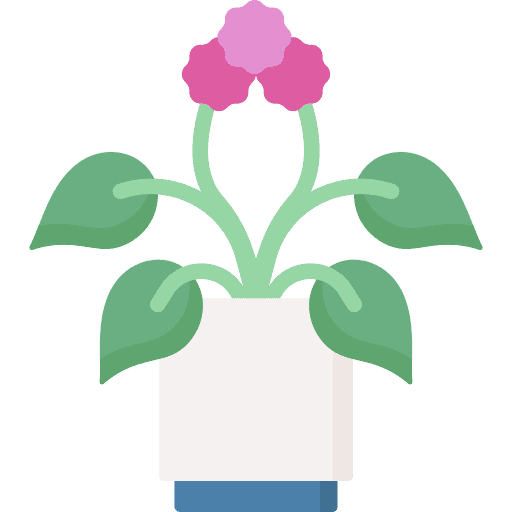
Here’s a list of some amazing colorful plants for your home we’ve put together.

Whether you have a grow tent or not, our guide to humidifiers for houseplants is a must-read.
Final Thoughts
The bromeliad comes in different species and you must know the requirements for growing each, especially the ones you will love in your home. Generally, they are one of the easiest plants to have in your home. Apart from being easy, their bright colors have a beautiful way of influencing your home interior.
Read more on Bromeliads:

